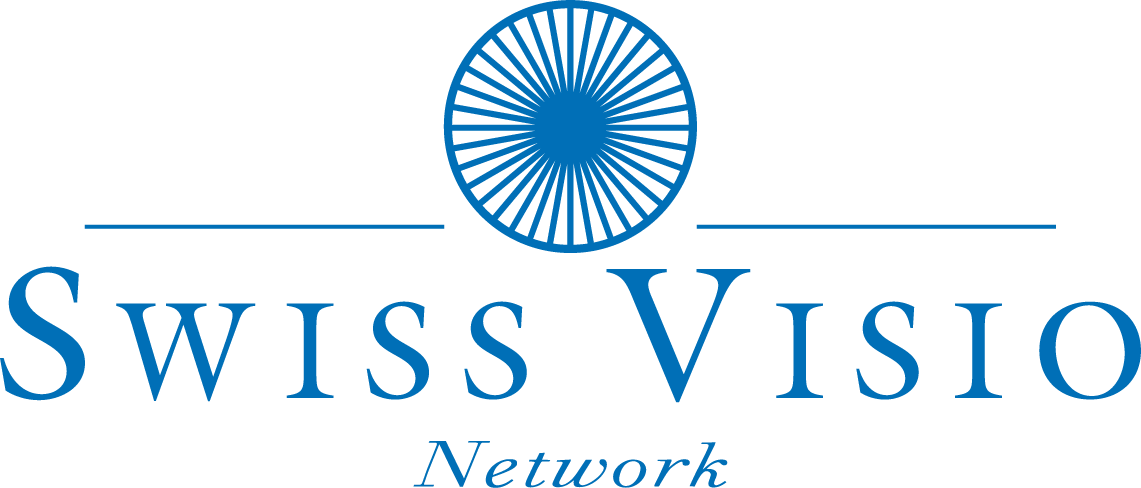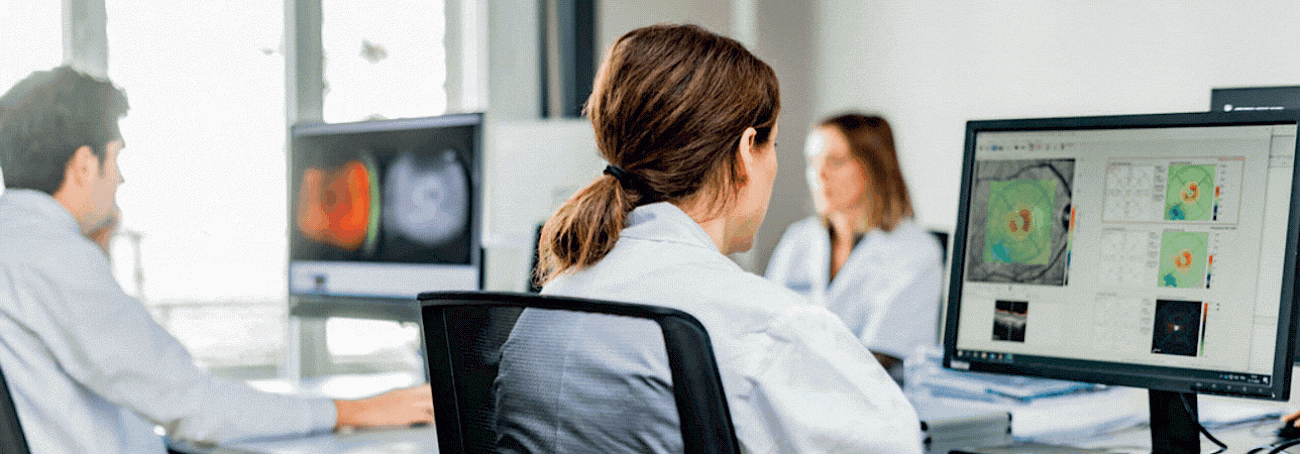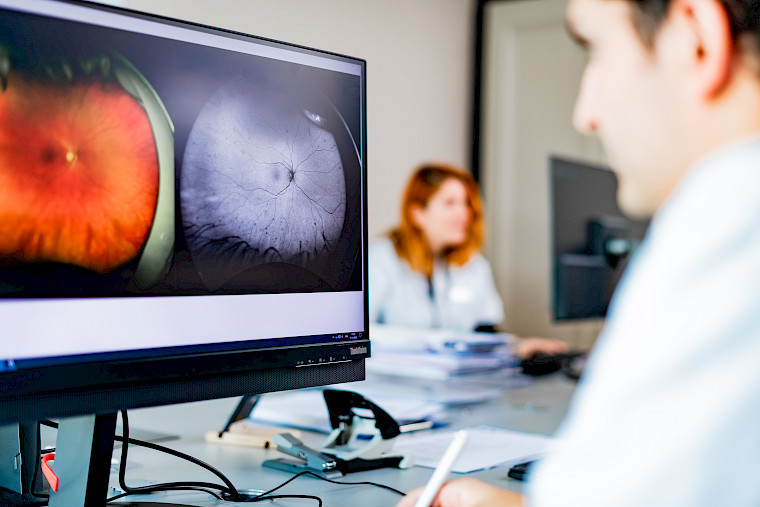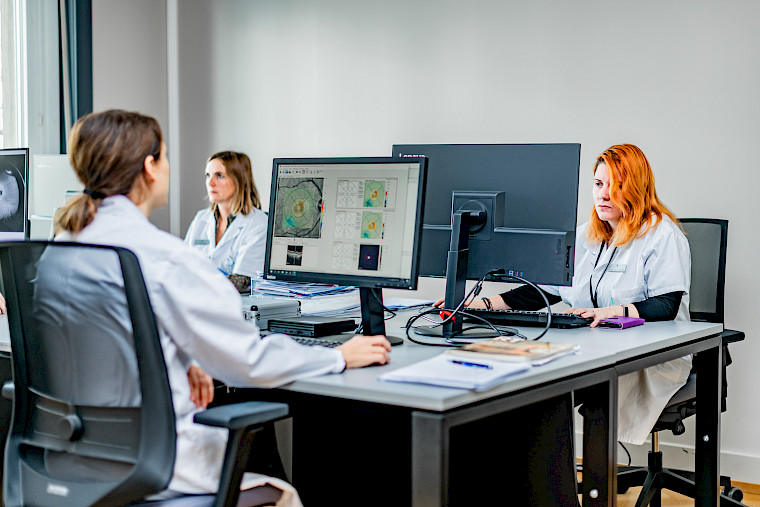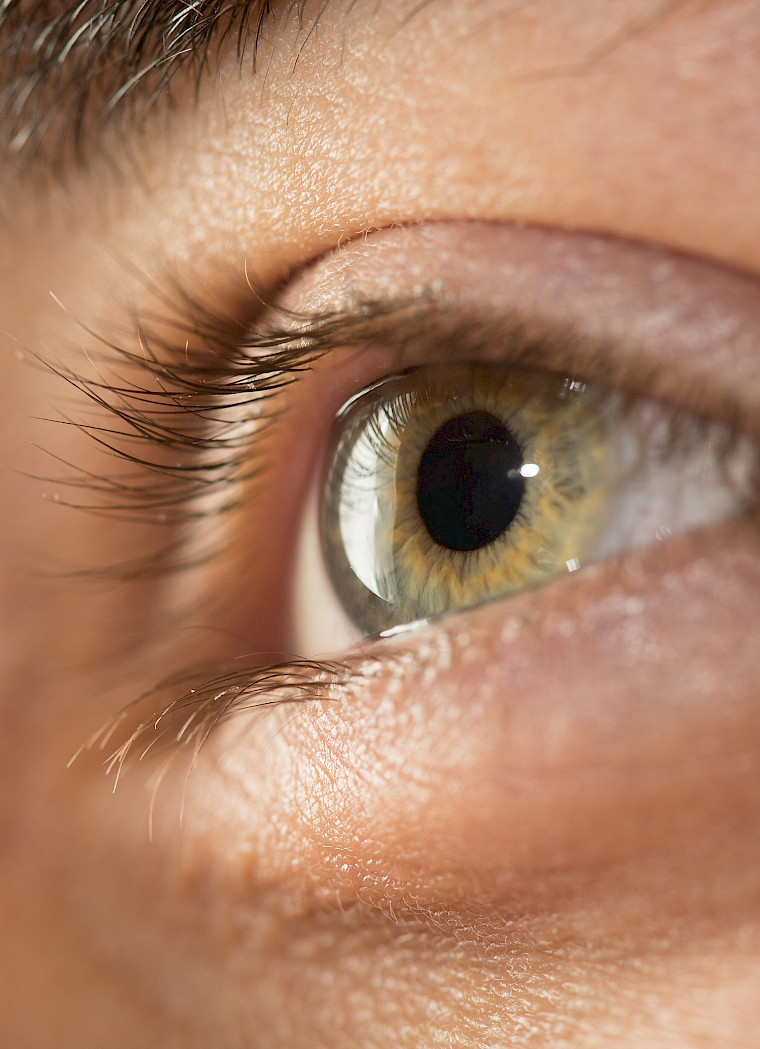We are participating in international multicentre Phase II, III and IV studies. Dr Ambresin also initiates her own clinical studies, with the aim of expanding knowledge in the field of retinal pathologies and contributing to therapeutic innovation. The results of our research are published in peer-reviewed scientific journals and presented at international conferences.
A valuable database of several thousand patients with retinal damage has been set up. Patients are classified according to their pathology(ies), treatment(s) and a number of other parameters, making it possible to identify cohorts of patients suitable for inclusion in the various clinical studies.
We also provide support for research projects undertaken at Swiss Visio Montchoisi (the first establishment in French-speaking Switzerland to be certified as a B centre for postgraduate training in ophthalmology and ophthalmosurgery), as part of the training course leading to the title of FMH specialist in ophthalmology.
